
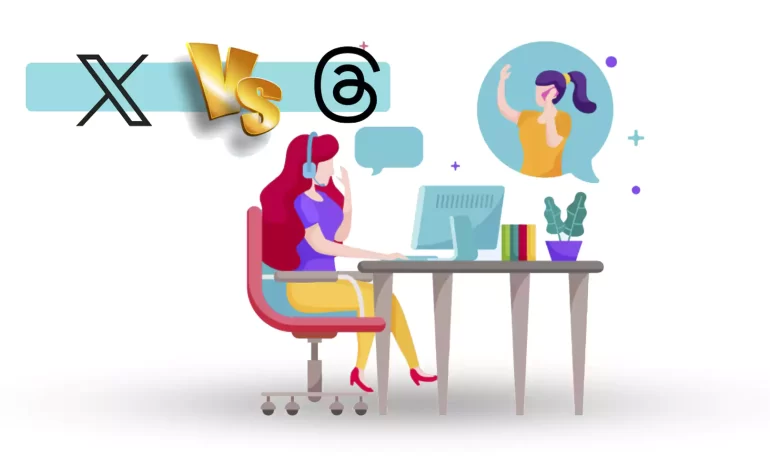





Twitter vs Threads is one of these days most asked questions. While some people prefer Twitter (or X, as they recently call it) because of it’s originality and vast community, the others think Instagram Threads has something that Twitter hasn’t. In this post, we’re going to dive deep into the topic of Twitter vs Threads to see which one is better and which one will be more helpful for your needs. So if you’re interested in this topic, please continue reading.
In the age of social media, concise and condensed conversations have become the norm. Both Twitter and Threads platforms offer unique ways for users to engage in conversation, but which method is ultimately better for condensed discourse?
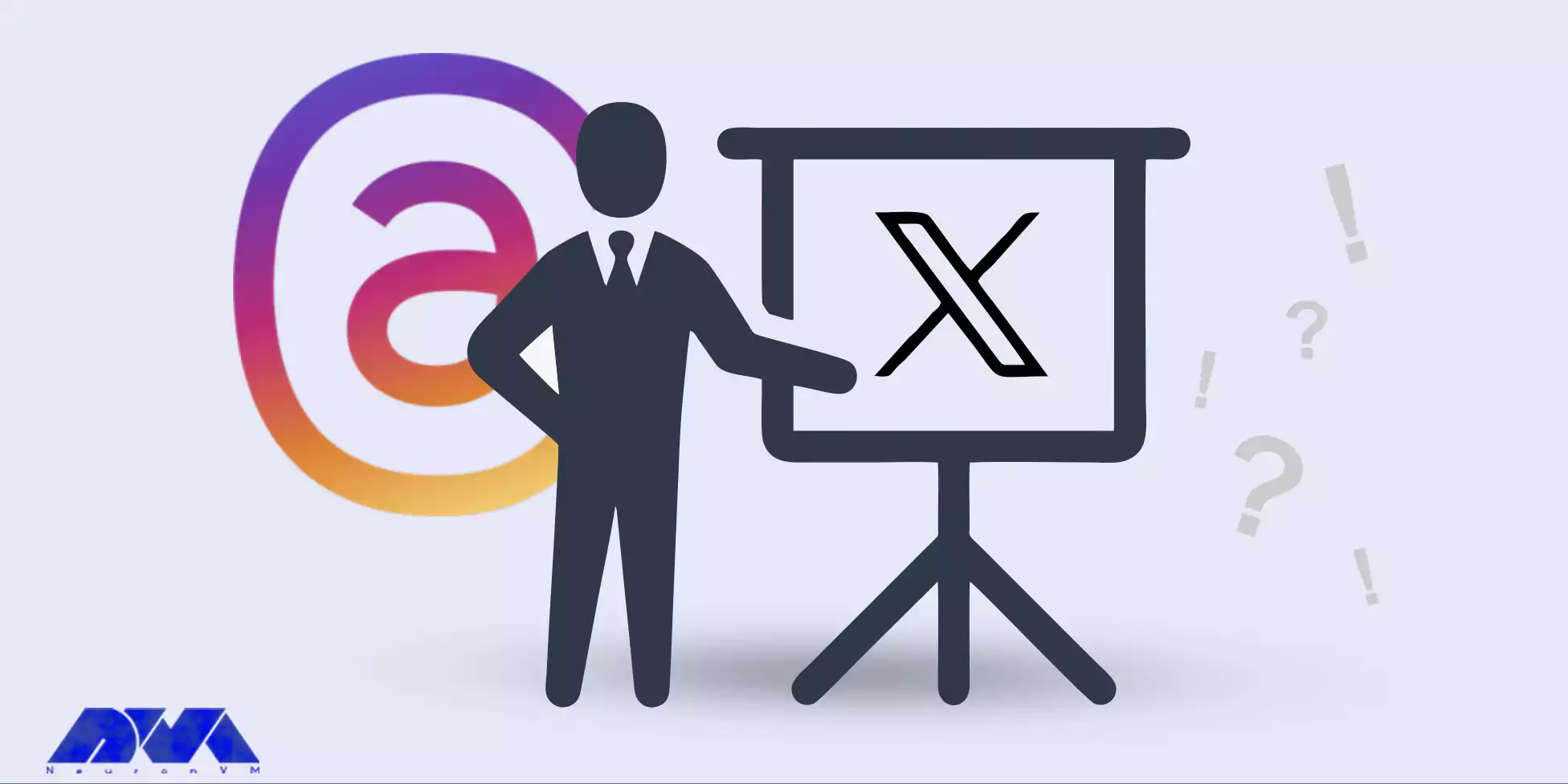
In this article, we will explore the advantages and disadvantages of Twitter as a conversational platform, as well as the benefits and drawbacks of threads platforms such as Reddit, Quora, and other forum-style platforms. By analyzing the user experience on both Twitter and threads platforms, we can gain insights into the future of condensed conversation.
I suggest you to visit the Windows VPS servers provided on our website for social media marketing and use it after choosing the plan you want.
Twitter, with its 280-character limit, is widely recognized as a platform built for condensed conversations. The character constraint forces users to express their thoughts succinctly, which can be advantageous in fast-paced discussions. This brevity is not only convenient for users looking for quick exchanges, but it also allows for a wider distribution of ideas.
Tweets can be easily shared, retweeted, and replied to, enabling conversations to reach a broader audience.
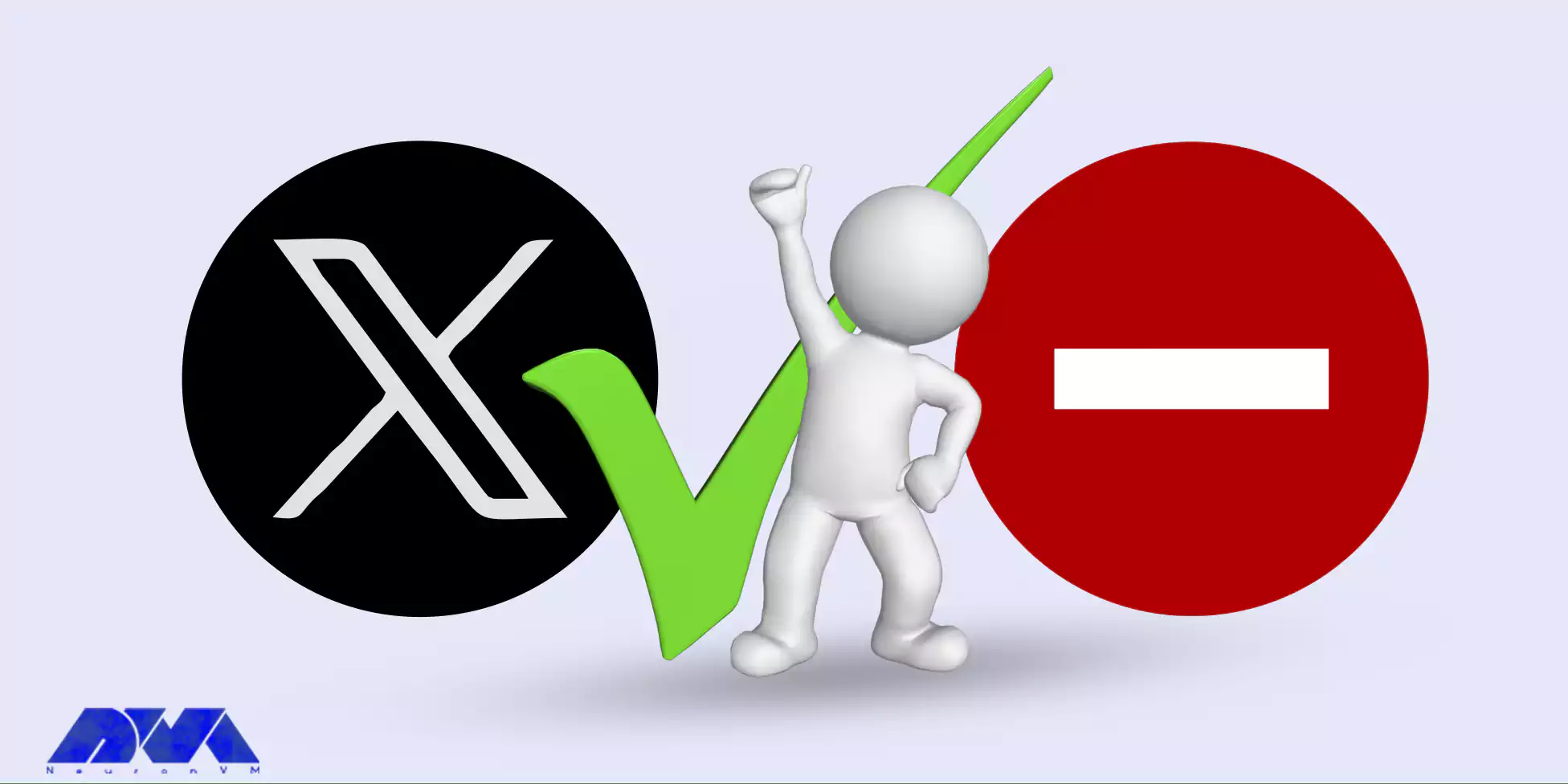
However, this character limit also poses several disadvantages. The limited space often leads to fragmented and incomplete thoughts, reducing the clarity and depth of conversations. These constraints can inhibit nuanced discussions and force users to oversimplify complex ideas.
Moreover, the fast-paced nature of Twitter can make it challenging to keep up with multiple conversations simultaneously, leading to a lack of context and deeper understanding.
Both Twitter and Threads platforms offer unique ways for users to engage in conversation, but which method is ultimately better for condensed discourse?
Threads platforms, on the other hand, provide users with a more extensive space to discuss and debate. This platform often allow users to create multiple replies to a specific topic, resulting in longer conversations. This format encourages users to break down their thoughts into smaller sections, promoting more elaborate and comprehensive discussions. Additionally, threads platforms typically have more flexibility, enabling users to include multimedia, links, and formatting in their posts.
However, threads platforms also come with a set of disadvantages. Due to the lack of character limitations, these platforms can sometimes become overwhelming, with users engaging in lengthy discussions that may deter those looking for a quicker exchange of ideas.
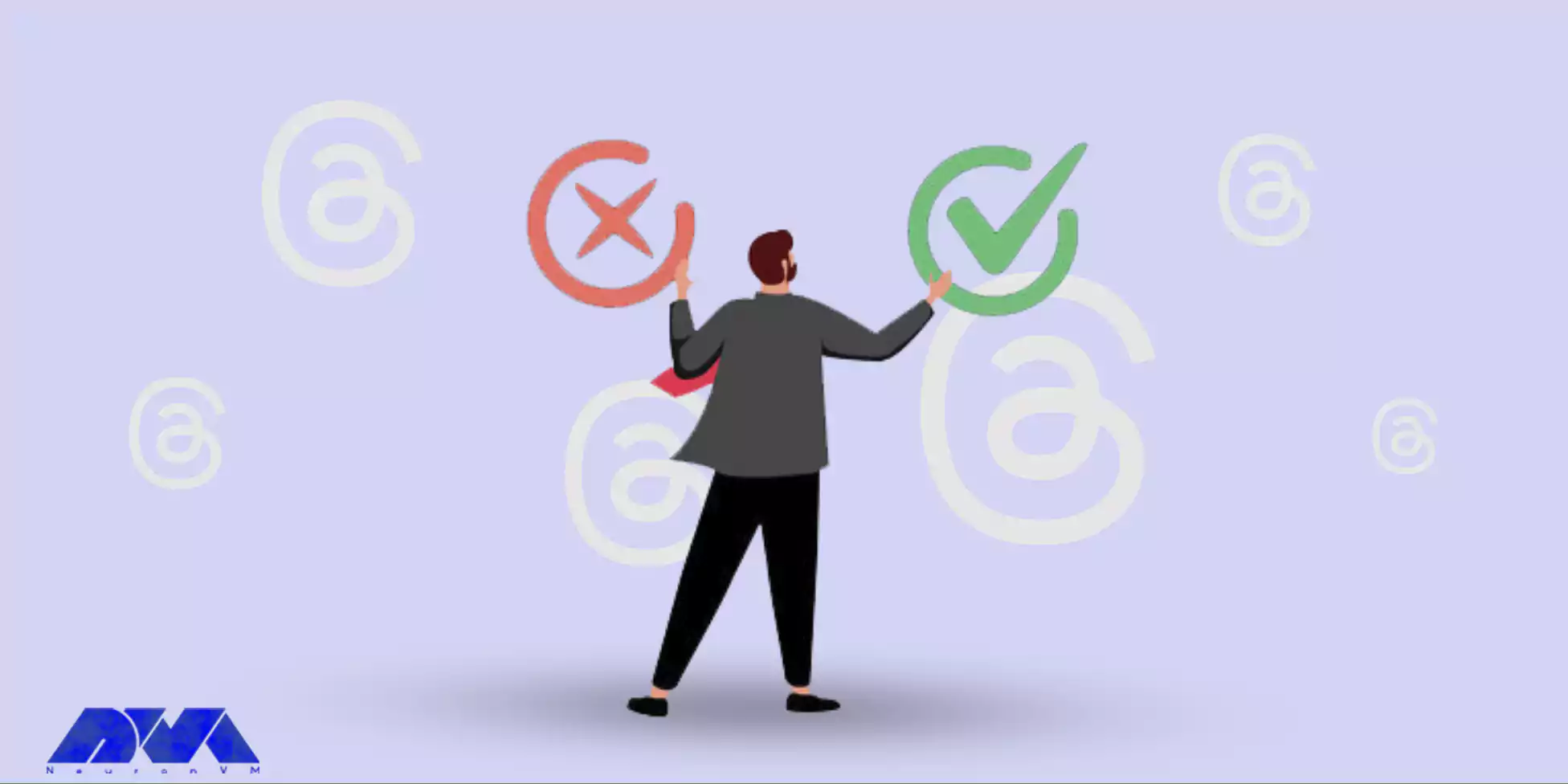
The longer format also makes it more challenging to navigate and follow the conversation, potentially leading to confusion and disengagement. Moreover, the lack of share ability and discoverability in threads platforms can limit the reach and impact of conversations.
User experience plays a crucial role in the success of social media platforms. Twitter’s simplicity and real-time updates make it easy for users to follow conversations and engage with others efficiently. The platform’s design often focuses on trending topics and hashtags, allowing users to be part of broader discussions. The ability to curate personalized timelines and follow specific accounts provides users with targeted content, increasing the relevance of conversations.

Threads platforms, while offering more extensive conversations, sometimes lack user-friendly designs. These platforms often prioritize chronological order rather than relevance, making it difficult to navigate through a long threads. The absence of a centralized feed, like Twitter’s timeline, can impede the discoverability of conversations, driving users away from more comprehensive discussions.
However, threads platforms often foster a sense of community by allowing users to follow specific threads or users, creating a more focused environment for continuous conversations.
As the battle for condensed conversation continues, both Twitter and threads platforms have their strengths and weaknesses. While Twitter’s character constraints can hinder in-depth discussions, its real-time updates and broad audience reach make it a compelling choice for quick exchanges. On the other hand, threads platforms provide users with an expanded canvas for comprehensive conversations but struggle with discoverability and user-friendly interfaces.
The future of condensed conversation is likely to involve a combination of the best aspects of both platforms. Twitter may consider introducing features that allow users to expand on their thoughts while maintaining the brevity that defines the platform.
Simultaneously, threads platforms could explore ways to improve accessibility and discoverability, perhaps by incorporating curated feeds or recommendation algorithms.
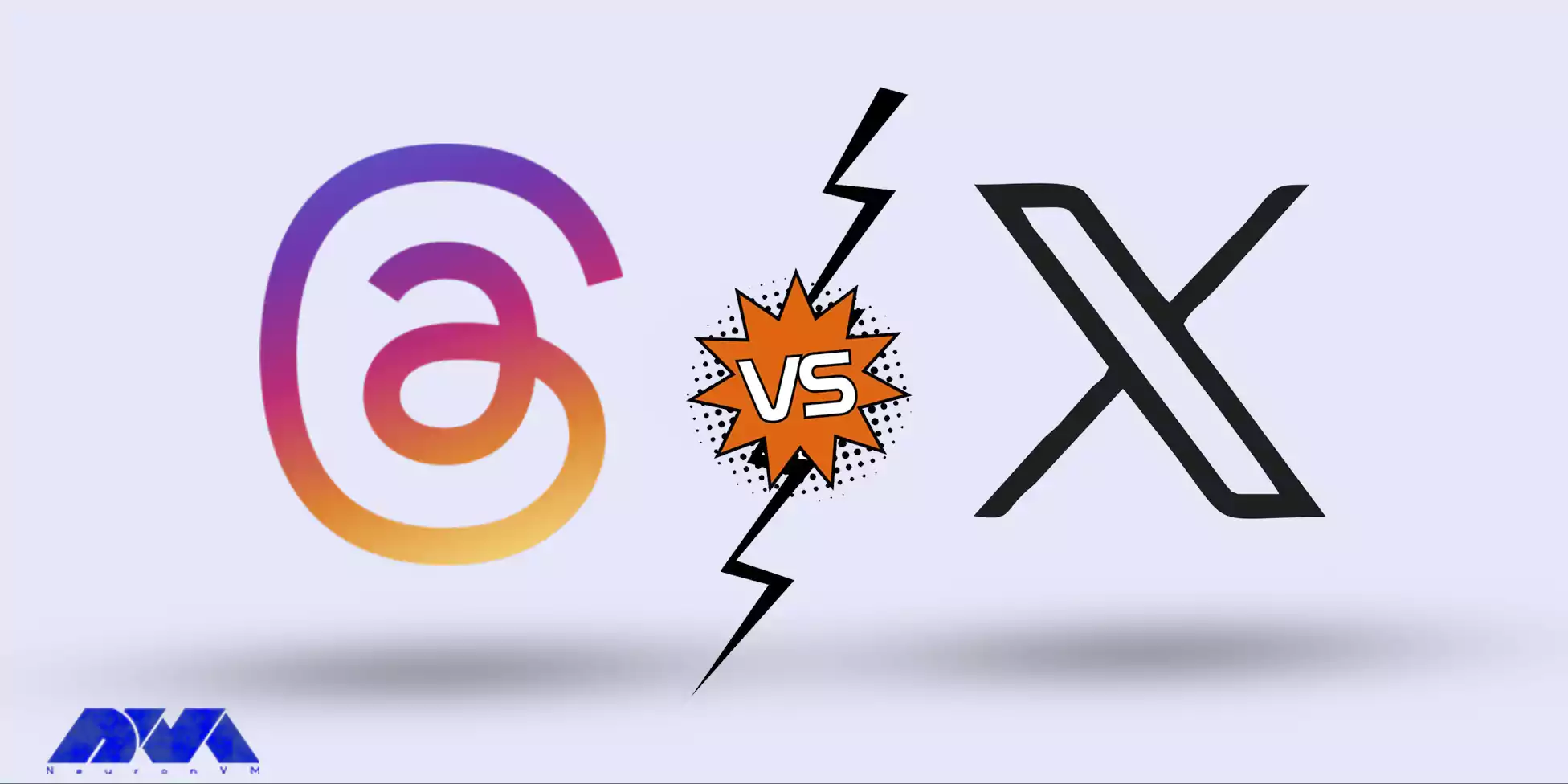
Ultimately, the battle for condensed conversation will depend on users’ preferences and needs. Some may prefer the succinctness and reach of Twitter, while others favour the depth and extended discussions facilitated by threads platforms. As social media platforms continue to evolve and adapt, the perfect balance between concise and comprehensive conversations may be achievable, providing users with the best of both worlds.
Here’s a quick review of Twitter vs Threads:
| Features | Twitter (X) | Threads |
| Character Limit | 280 Character | 500 Character |
| Video Length | 140 Seconds | 300 Seconds |
| Photo | Yes | Yes |
| Edit | Only in paid version | No |
| Hashtags | Yes | No |
| Links | Yes | Yes |
Twitter has long been synonymous with condensed conversations, offering users a unique and straightforward platform to express their thoughts. However, the introduction of Threads has given users an alternative, enabling them to create longer, more connected messages. As online communication continues to evolve, it remains to be seen whether Twitter will adapt to the demand for more comprehensive exchanges or if it will hold steadfast to its character limit. Regardless, the battle between Twitter and Threads highlights the ongoing tension between brevity and depth in our digital conversations.
How useful was this post?
Click on a star to rate it!
Average rating 5 / 5. Vote count: 3
No votes so far! Be the first to rate this post.
 Tags
Tags
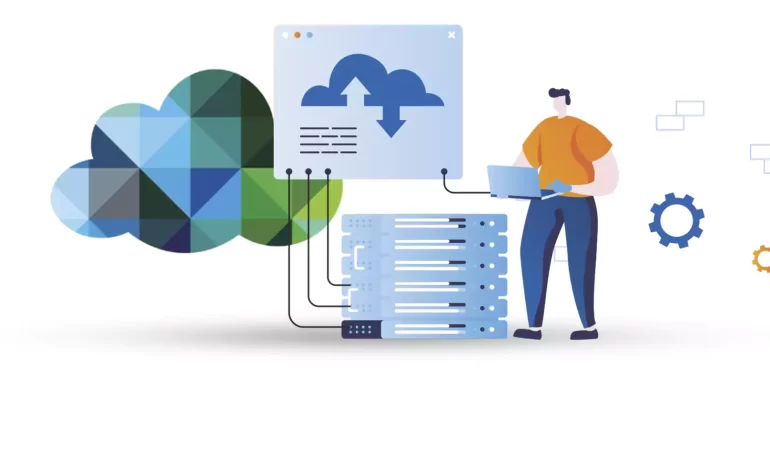
The products offered by the big VMware company are used to run virtualization. VMware ESXi is one of...



 Tags
Tags
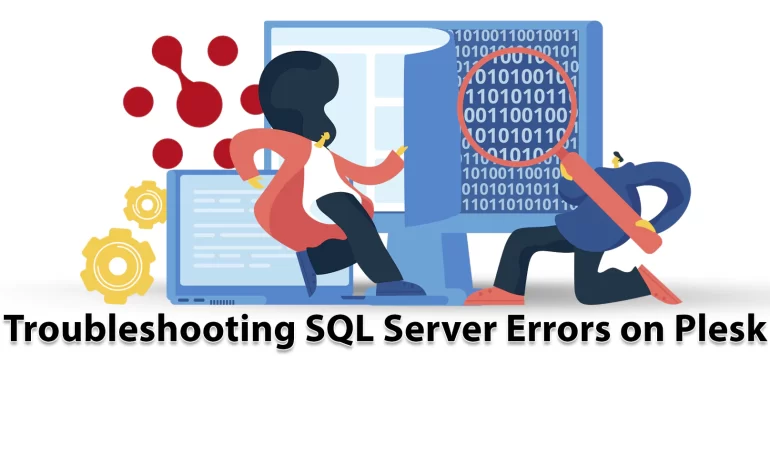
Plesk is one of the popular control panels that is used a lot. This control panel supports a great d...



 Tags
Tags
What is your opinion about this Blog?








